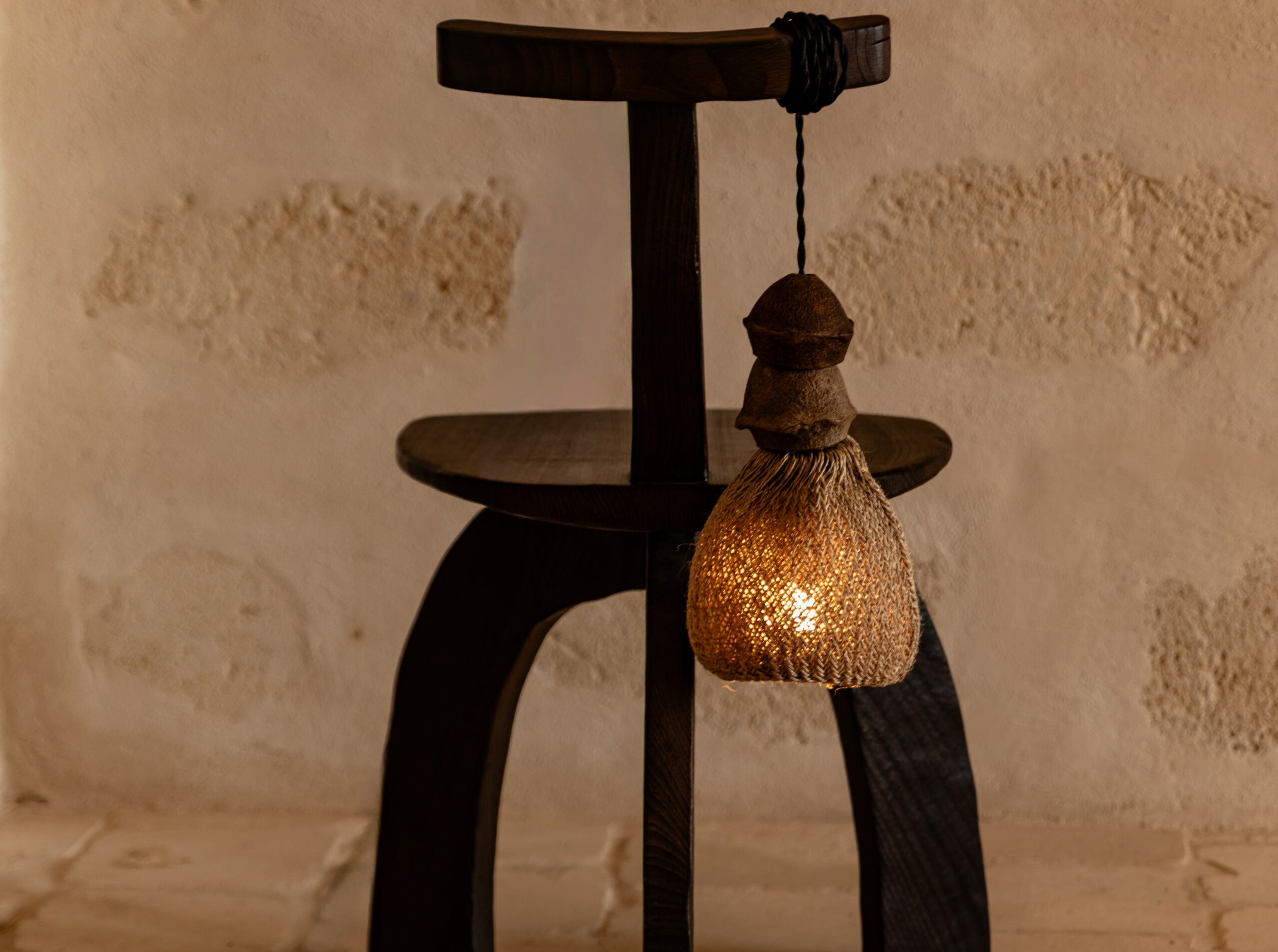Fique(Furcraea andina)
Growing freely in rosettes shaped clusters of up to 100 leaves, generally ending in a sharp needle like point. A succulent plant made of fleshly stalks, functional in its resistance to drought and very hardy with a beautiful range of colours in the raw.
THE CULTIVATION
The cultivation of fique requires constant vigilance from local country folk. They observe and wait till just the right moment for cutting the stalks from the plants which are have reached just the right angle and size for removal.
THE COMBING
That’s what the process of extracting the fique from the plant is called. The outer part of the leaf is eliminated and only the white fibres emerging from the higher-up leaves that are still tender remain with a slightly whitish brown or clear brown colour. That have matured ad dropped to scrape the ground, a sign that they’re ready. Each stalk is passed through a machine to remove all the sap possible in a process that produces a pure and loose fibre.
WASHED AND DRIED
The fique is washed in water wells for between 12 and 15 hours in order to remove the rest of the sap.
It is then bundled and dried by the sun from strings or over stones, just like they did long ago. The weather and the time exposed affect the final colour of the fibre: if a whiter shade is required it’s left out for longer, only the masters of fique know that the night air produces a greater degree of whitening. A long and arduous process developed by craftsmen who balance domestic and agricultural chores through age-old wisdom.
TEASED
The first step is to extract the fibres. They are passed over a surface of long sharp blades that “comb” the fique, untangling and smoothening it through applying vegetable greases.
DYING
The non-contaminating dyes are mixed in large pans, diluted in water, with salt and fixing agents. Using large heaters the pans are brought to the point of boiling. And at that precise moment the fibres are submerged and left to boil for 5 hours. Then comes the wait till the dye has impregnated the fibres. After that it’s back to the start: washed again, dried out by the sun again and a second teasing. Methodical steps expertly executed.
YARN
Made into yarn before weaving. Joining the fibres together using only the finger tips with the help of a special machine. The resulting yarn is wound to form different size conical spindles depending on the piece to be woven. The process of making the yarn transforms the fique with the different colours of the thread combined. And finally it’s ready for weaving.
WEAVING
Braided, crocheted, chain-stitched, woven. Our craftsmen weave the fique fibre yarn using different age-old techniques learned from their masters. Lamps, rugs, head boards, cushions. Knowing hands with extraordinary dexterity that create unique collections like Nus, where knot by knot the elegant pieces emerge and entire families are supported through their work.
Discover the making of our fique rugs
Discover the making of our fique lamps
 Nus Pendant Lamp-Large (copia)
Nus Pendant Lamp-Large (copia) Mikko
Mikko Maar Stone Lamp-Medium (copia) (copia) (copia)
Maar Stone Lamp-Medium (copia) (copia) (copia)